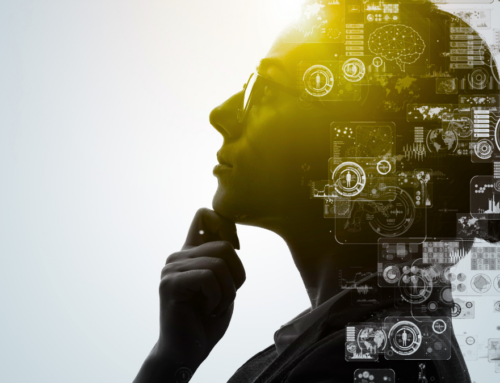In contemplation of prediction, there comes to mind one of a few fundamental images. A piece of toast, lying flat on it’s buttered face in the dirt, every time it flees from the clutches of your hungry hands. A mystical woman, drowning in shawls and muttering about the appearance of a tall dark stranger, as she peers into your teacup. A classroom of blackboards, overflowing with equations, in search of answering the tragedy of why your poor toast always lands on its face. There is a naive classicism that accompanies each of these moments, and all of which display only one side of the many facets of seeing into the future.
While the most traditional techniques of prediction can assume your future through a series of intuitive guesses, the mathematical techniques can calculate only by that which has been done before. So if you were to combine a guess with data, could you not then refine the outcome of a more accurate prediction. In a contemporary setting, the world has seen an amalgamation of the styles of fortune tellers and mathematicians. By aligning intuitive observation with empirical methods, the precision of maths is coupled with the fluidity of social science. A metaphorical structured robot dressed in flesh.
Yuval Harari, in his book Homo Deus (276)very elegantly lays out the formula to historic measures of knowledge. By combining, on one hand Experience and Sensitivity, and on the other Empirical Data and Mathematics; you get the creation of knowledge.
We suggest that by combining all four elements, and using the knowledge derived from them, one can begin to formulate the tools for accurate prediction. At the end of it all, maths has served as a great predictor for elements of life that can be tracked, stacked and repeated. But without understanding how to factor in the spontaneity of human beings, and thier influenceability by environmental factors.
- Jessica Nicole




